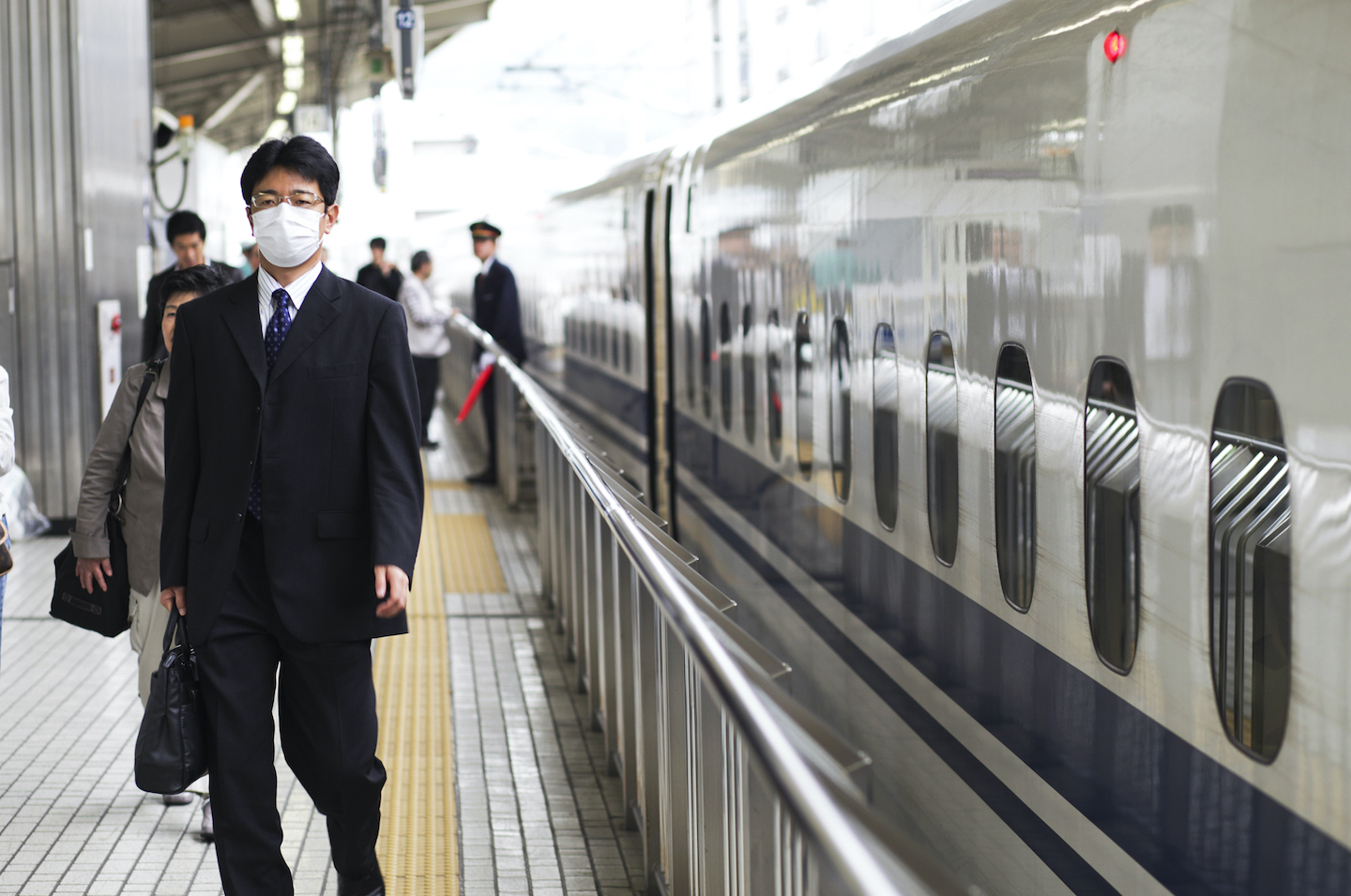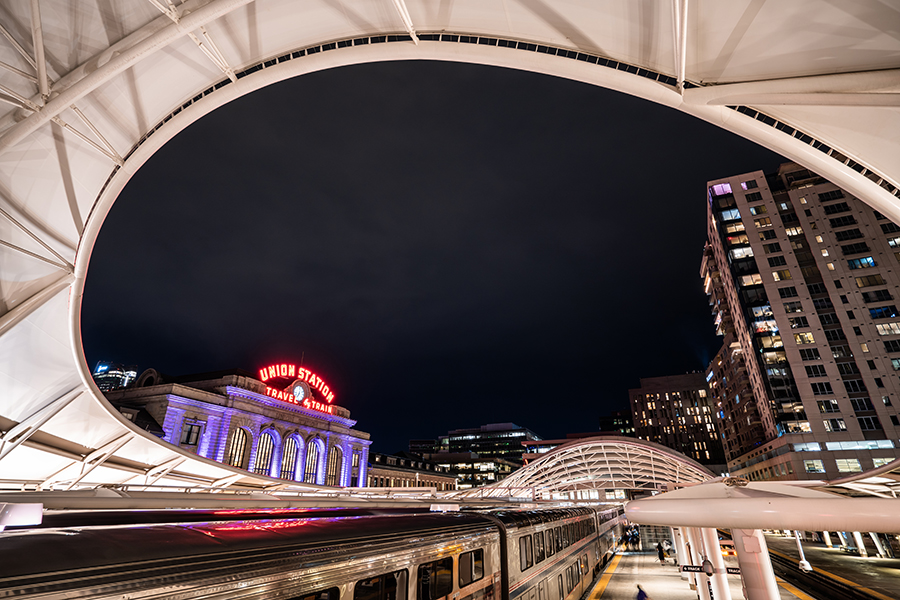Plans are well underway for a new regional rail route connecting communities in Colorado’s Front Range, one of the fastest-growing regions in the country.The Front Range runs nearly 200 miles along the eastern foothills of the Rocky Mountains—south to north from...
Crises like Covid-19 pose both immediate and long-term challenges. For public transit the immediate challenge is basic safety. The big-picture challenge is how to make it a vital part of a much better U.S. transportation system, including intercity trains and airplanes. There is encouraging news on both fronts.
Although safety concerns caused transit ridership to collapse in the first months of the pandemic, early studies show that it’s safe. The New York Times reported recently on studies from Paris, Austria, and Tokyo, where officials have traced the origins of coronavirus clusters. None were linked to public transit systems, which have returned to 45 percent of pre-pandemic levels in Paris and 63 percent in Tokyo. The rate is just 20 percent in New York.
Taking transit is safe for several reasons, including mandatory mask policies and the fact that most people take brief trips and talk little on transit. Coronavirus clusters were traced mainly to places where people congregate for long periods and are less likely to keep masks on—like bars, restaurants, and gyms.
Great ventilation systems also keep transit safe. The Times noted, for example, that air on New York’s subways is refreshed at least 18 times each hour, which is “much higher than the recommended air-exchange rates in restaurants, where recycled air is replaced eight to 12 times per hour, or in offices, where it is replaced six to eight times an hour.”
A ridership survey by the Bay Area’s commuter rail service offers encouraging news on the big-picture front. It found that only 1 percent of its ridership won’t return after the pandemic. Fifty-five percent of respondents plan to ride the same amount or more. One-third plan to ride less.
What happens next will probably depend on the ambivalent one-third. And the history of the Spanish flu in 1918 is sobering. That pandemic led people to abandon the American cities, “lured to the cheap housing and car culture of places like Los Angeles. Developers sold the West Coast ‘car suburb’ to newcomers as offering an escape from disease-ridden cities.”
So it’s possible that cars will become even more dominant after the pandemic. But deep crises often force new ways of thinking about old problems—and new solutions.
Covid-19 is making the inequities of American society worse and more visible, as The Atlantic argues. And because transportation options are a major driver of those inequities, they must be central to any solution.
Which means we have an opportunity to correct the mistakes of the past century. There’s already some evidence we’re doing so. As the urban planner Ken Greenberg notes in this podcast, our cities devote massive amounts of space to “the care and feeding of automobiles.”
But cities across the globe are now reallocating spaces for the use of pedestrians and bicyclists—and “we’re seeing it happen almost instantly.”
The same can be true for transit systems. One thing is certain: They’re among the best tools we have for solving many of our biggest challenges. They build connected economies, bring families closer together, slash carbon emissions, and create shared prosperity.
As we push through and beyond this crisis, we can’t afford to repeat past mistakes. A better transportation system is the foundation of a better future. And better public transit is the foundation of a better transportation system. Without great transit systems, high-speed rail will always fall short of its full potential.
Pulling together, we can create a better future through better transit. Send a note to your legislators here, and please donate to the cause here.
Read More:
Why Can’t We Move? Solving America’s Infrastructure Problems
Is The Subway Risky? It May Be Safer Than You Think
Cities That Heal: How the Coronavius Pandemic Could Change Urban Design
The Latest from HSRA
Our Latest Blog Posts
Check out the latest news, updates, and high speed rail insights from our blog!



